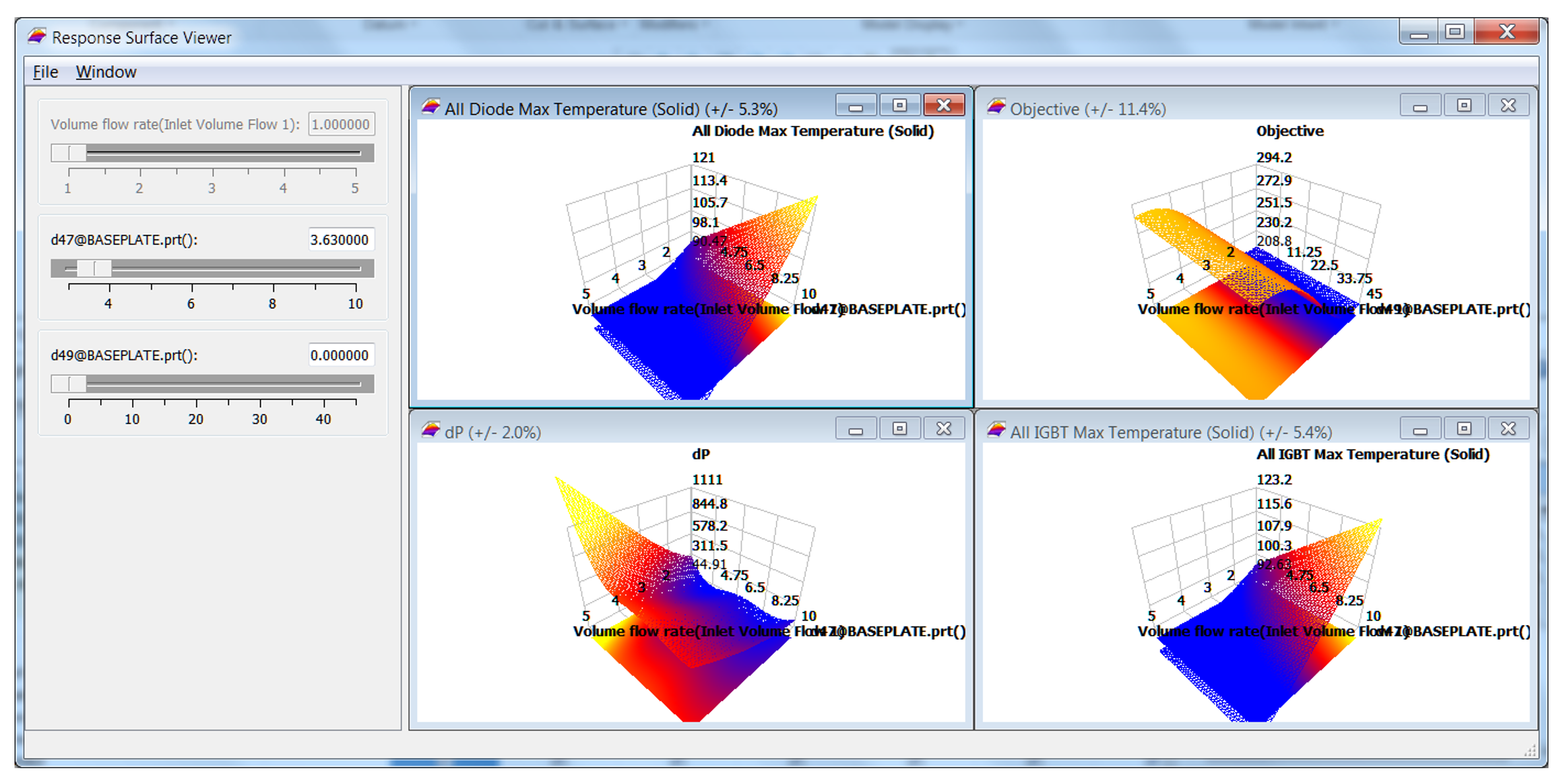Simcenter FLOEFD 2019.2: What’s New?

Simcenter FLOEFD 2019.2: What’s New?
Simcenter FLOEFD 2019.2 was released in mid-June 2019. The new version provides a range of new features and enhancements – from radiation scattering for optical elements to the support of Siemens NX 1855 and 1859. Let’s take a look at the list of new functionalities below:
Heat Sink Model in Porous Media
This new heat sink model represents a gas-liquid crossflow heat exchanger which is defined by a conductive porous medium. Cooling gas flowing through the porous medium is the actual fluid specified in the project. Hot liquid flowing perpendicularly is a virtual fluid and just adds heat to the system.
 Definition of the new porous media model in the Engineering Database.
Definition of the new porous media model in the Engineering Database.
Radiation Scattering
In tasks involving radiation, scattering of radiation in solid bodies can now be taken into account. The Scattering coefficient and Scattering anisotropy coefficient can be specified under Radiation Properties for the Solid Material in the Engineering Database. This allows for more accurate simulations where light scattering optics are used.
Radiation Source
A radiation source can now depend on coordinates and time.
 Definition of the new radiation source parameters.
Definition of the new radiation source parameters.
Vapor Diffusion Coefficient Dependency on Temperature for Membranes
Now vapor diffusion coefficient of a membrane can be specified dependent on temperature making simulations with membranes more accurate for a broad range of temperatures.
Temperature Deviation for Altitude
The atmospheric pressure and temperature can be defined by specifying the altitude. Now, when specifying a temperature deviation for the altitude, the resulting temperature is calculated as the sum of temperature and temperature deviation.
 Altitude definition in the general settings of Simcenter FLOEFD.
Altitude definition in the general settings of Simcenter FLOEFD.
Dependency
A coordinate dependency for turbulent parameters, pressure and components of velocity and Mach number has been added for more detailed definitions of these parameters.
Improved Separate Mode in Surface Parameters
Previously when local and integral surface parameter values were displayed for each contour (loop) separately, these contours were named after the component material names. This meant, in case of a task with several components applied with the same material, different contours were named the same. Now contours are named uniquely using the corresponding component names.
Add from Component (a linked condition)
Simcenter FLOEFD is now able to add a local mesh condition from a component. This enables the import of local meshes from subassemblies in which Simcenter FLOEFD projects were already defined.
Design of Experiments
The already comprehensive response surface viewer now features a chart for the objective function.
 Response surface viewer showing thee objective function.
Response surface viewer showing thee objective function.
Free Surface
Simcenter FLOEFD can now take air compression into account for free surface simulations. This enables also simulations in the compressible regime (Ma > 0.3) of airflow, such as nozzles with free surface flow in the vicinity.
Cauer Export from Calibration
You can now export the structure function of the calibrated thermal model into the Cauer thermal network format.
Simcenter FLOEFD for CATIA V5 Project Template
Project templates created in Simcenter FLOEFD for CATIA V5 2019.2 can now be used by other FLOEFD products, which allows easy sharing of simulation projects among different CAD systems.
Updated Siemens NX Support
Simcenter FLOEFD for NX 2019.2 now also supports Siemens NX 1855.2900 and Siemens NX 1859.3203.
MLS Update
The latest version supports Mentor Standard Licensing (MSL) version 2019_2 which uses FlexNet™ 11.16.2.1. Therefore, you may need to update your license server.
For additional information and a complete list of new capabilities, please go to the Support Center site (https://support.mentor.com) or read the release highlights file provided with the installation package.


